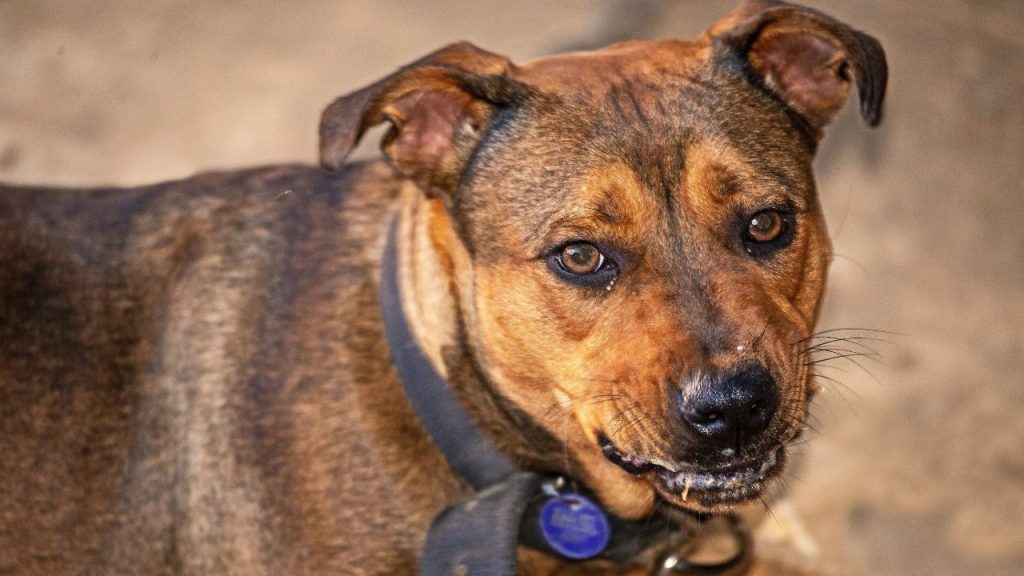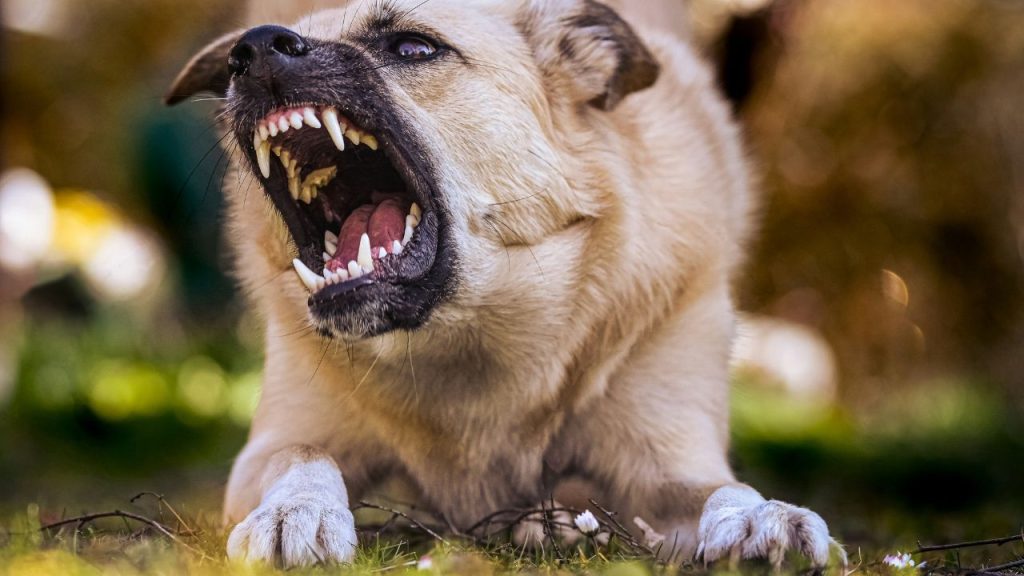Understanding the Causes of Resource Guarding in Dogs
Resource guarding in dogs is a natural behaviour rooted in survival instincts. However, when this behaviour manifests in domestic settings, it can lead to challenges in the human-animal relationship. Understanding the underlying causes of resource guarding is crucial for effective management and prevention.

- Instinctual Behaviour
Dogs, like their wild ancestors, have an inherent drive to protect valuable resources such as food, toys, and resting areas. This instinct ensures access to essential needs and safety. In the wild, guarding resources from competitors is vital for survival. While domesticated dogs have their needs met by humans, this instinct can still surface, especially when they perceive a threat to their possessions.
- Fear and Anxiety
Dogs that have experienced trauma, neglect, or inconsistent care may develop heightened anxiety. This anxiety can manifest as resource guarding, where the dog becomes overly protective of items they associate with comfort or security. The fear of losing these items can lead to aggressive behaviours aimed at deterring perceived threats.
- Lack of Socialisation
Puppies undergo a critical socialisation period during their early development. Insufficient exposure to various environments, people, and other animals can result in fear-based behaviours, including resource guarding. Dogs that haven’t learned to share or tolerate the presence of others near their possessions may react defensively when approached.
- Negative Past Experiences
Dogs that have had their resources taken away abruptly or without positive reinforcement may associate human interaction with the loss of valued items. This association can lead to defensive behaviours, as the dog anticipates that approaching humans will result in the removal of their possessions.
- Medical Issues
Physical discomfort or pain can alter a dog’s behaviour. Conditions like arthritis, dental issues, or gastrointestinal problems can make a dog more irritable or sensitive. When in pain, a dog may guard resources more aggressively to prevent perceived threats from approaching.

- Learned Behaviour
If a dog has successfully deterred others from taking their possessions through aggressive displays, they may learn that such behaviour is effective. Over time, this can escalate into a habitual response to any perceived threat, reinforcing the guarding behaviour.
- Environmental Factors
In multi-dog households or homes with young children, competition for attention and resources can trigger guarding behaviours. Dogs may feel the need to assert dominance or protect their possessions to maintain their status or ensure access to desired items.
Managing and Preventing Resource Guarding
While resource guarding is a natural behaviour, it can be managed effectively with understanding and appropriate interventions.
- Positive Reinforcement: Rewarding a dog for calm behaviour around resources can encourage non-guarding behaviours. For instance, offering treats when a dog allows you near their food bowl can build positive associations.
- Desensitisation: Gradually exposing a dog to situations where they might feel the need to guard, paired with positive experiences, can reduce anxiety and guarding tendencies over time.
- Professional Guidance: Consulting with a behaviourist can provide tailored strategies to address severe cases of resource guarding, ensuring safety and effective behaviour modification.

Resource guarding in dogs is a complex behaviour influenced by a combination of instinct, past experiences, and environmental factors. By understanding these causes, dog owners can implement proactive strategies to prevent and manage guarding behaviours, fostering a harmonious relationship between humans and their canine companions.

